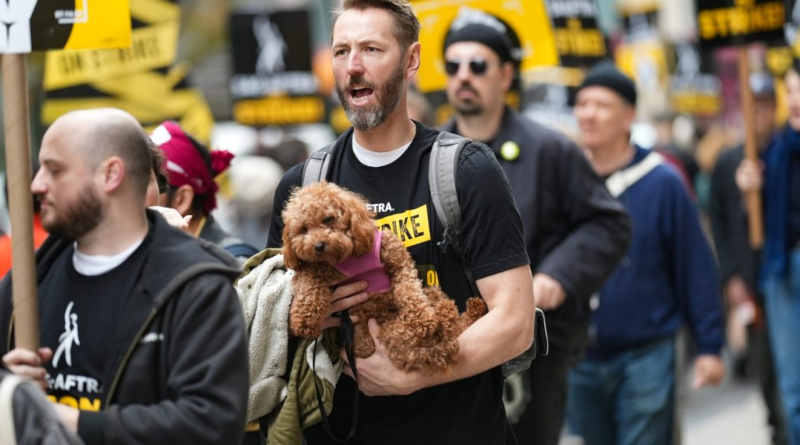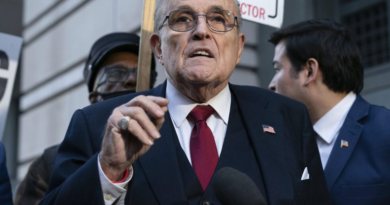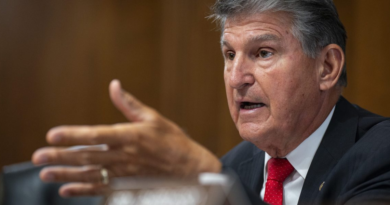Hollywood is fighting over the 'Zombie Clause’ that critics allege would let studios use AI likenesses of dead actors without consent
When the actors guild turned down the “last, best, and final” contract offer from the studios on Monday that would end the five-month Hollywood strike, it specifically cited AI as the major sticking point.
The studios proposed that actors making above the union minimum wage for a television show or movie could have their likeness scanned and used in future productions. The actors guild wants language that would require performers to give consent, be paid if their AI likeness is used, and provide protections to performers who have died that their image won’t be used without approval from their estates, according to the Hollywood Reporter.
A studio-side source told Fortune that, under the studio’s proposal, performers would be paid to have their likeness scanned based on an estimate of the amount of work they would have done otherwise. Producers would also need to secure consent for any other projects—including sequels—in which they wanted to use an actor’s AI likeness in a performance. The studio source said the same policy would apply after a performer died, saying a producer would need to obtain consent from their “estate, representatives, or who owns their rights as determined by law.”
SAG-AFTRA, the actors guild, feels the current wording in the contract isn’t strong enough and wants to amend it to include guarantees that actors or their estates must give consent for their AI likeness to be used after they die as well as compensation, according to the Hollywood Reporter.
SAG-AFTRA did not respond to a request for comment.
Some social media users disparagingly called the proposal, as currently worded, the Zombie Clause because it would allow deceased performers to appear in new works.
Studios want as much leeway to use AI as possible because they believe it will be a critical to the industry’s future. AI would also lower certain production costs by letting producers use computer generated images rather than have to hire new actors for every new movie or television shoot.
The Alliance of Motion Picture and Television Producers (AMPTP), which represents the movie studios, submitted its “last, best, and final” offer to the actors guild on Saturday. The union’s representatives worked through the weekend on a counterproposal, which was submitted Monday, but the two sides are still far apart. “There are several essential items on which we still do not have an agreement, including AI,” SAG-AFTRA said in a post on X, formerly Twitter.
AI is a hot button issue in the actors strike, which started in July. SAG-AFTRA members believe this is their opportunity to weigh in on the use of AI-generated actors in movie and TV productions before it becomes widespread.
“This is a moment of history, a moment of truth. If we don’t stand tall right now, we are all going to be in trouble,” SAG president Fran Drescher said at a July press conference announcing the strike. “We are all going to be in jeopardy of being replaced by machines and big business, who care more about Wall Street than you and your family.”
Negotiations between the AMPTP, which includes Netflix, Disney, Warner Bros. Discovery, NBCUniversal, and SAG-AFTRA have been tense. On a couple of occasions, the back-and-forth of negotiations has spilled into public view. In October, contract talks broke down over residuals—another point of contention in the streaming era—and the studios publicly released their latest contract offer. SAG-AFTRA called the move a “bully tactic” and accused the AMPTP of inflating the total dollar amount of their offer by 60%.
Last week, 5,000 actors signed a letter urging SAG-AFTRA to hold out for the best possible deal, indicating a willingness to prolong the strike. “We cannot and will not accept a contract that fails to address the vital and existential problems that we all need fixed,” read the letter that was signed by actors Pedro Pascal, Chelsea Handler, and Sandro Oh.
The letter came a week after a group of big-name actors including George Clooney, Tyler Perry, and Scarlett Johansson met with union leadership to offer a potential solution to end the strike. The group proposed lifting the $1 million cap on union dues—members pay 1.6% of their earnings—to allow the highest-paid actors to contribute more to the union’s pension and healthcare funds.
Drescher explained this wouldn’t be possible because changes to healthcare and pension contributions must be negotiated with the studios, not between the actors themselves. “We are a federally regulated labor union and the only contributions that can go into our pension and health funds must be from the employer. So what we are fighting for in terms of benefits has to remain in this contract,” Drescher said.
The ongoing strike has disrupted the entire entertainment industry by stalling production for nearly all movies and TV shows. Union rules also bar actors from participating in any promotional activities for studios. Without a parade of A-listers on press tours, studios face a major hurdle in promoting upcoming releases.
Some studios have been forced to postpone the release of projects that are already completed. Warner Bros. Discovery, for example, delayed the premiere of Dune: Part Two from this month to March 2024 because it was unsure stars Timothée Chalamet and Zendaya would be available to promote the movie. SAG-AFTRA even encouraged members not to dress up as characters from major studio productions for Halloween.




